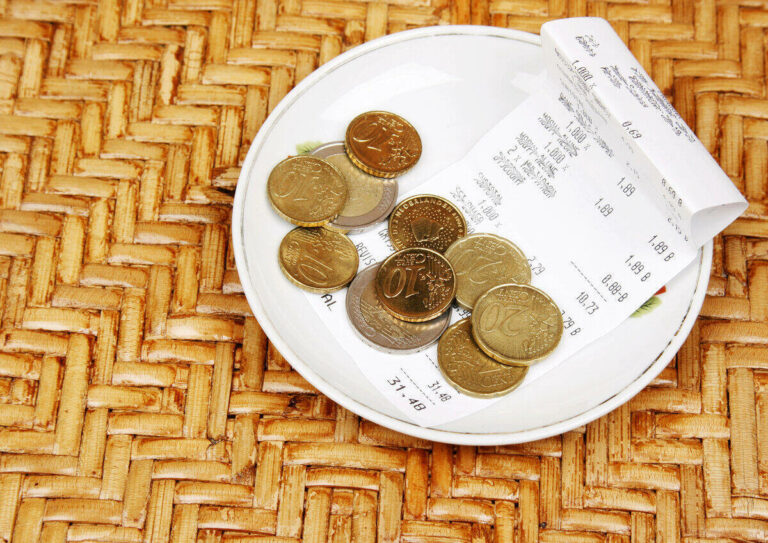food
Exclusive – Majorelle: The unrivalled taste of Morocco in the heart of Budapest – PHOTOS

Unexpected turn: Biggest Aldi store will open in Budapest

Fine dining in Budapest is more expensive than in France or Spain!

Budapest’s world-famous pastry shop Ruszwurm may close its doors forever

Spar leaving Hungary? Here is the official reaction

Warning: Dangerous pests on the loose in Hungary – Learn how to avoid them!

PHOTOS, VIDEO: Popular chain opened new burger place in Hungarian city

Foreign workers at Wolt Hungary: courier and restaurant manager chime in – and they are not happy

Wolt in Hungary exposed: Is the food delivery sector really filled with guest workers?

McDonald’s in Hungary: Popular fast food chain expands further in Hungary

Don’t miss out on these 5 amazing Hungarian festivals at Lake Balaton this summer!

Gastronomy tourism in Hungary is thriving: what brings people to the country?

Best cheese desserts from around the world: amazing Hungarian sweets in the top 15 by TasteAtlas!

Free children’s menu for mobile-free dining in 5 Budapest restaurants!

Habits regarding tipping in Hungary may shock you

VIDEO: What’s happening in Hungary? Food delivery rider on the motorway

Magnificent: Time Out Market to open in Budapest’s renewed mall soon! – PHOTOS

3 effortless Hungarian desserts to bare the summer heat – RECIPES






